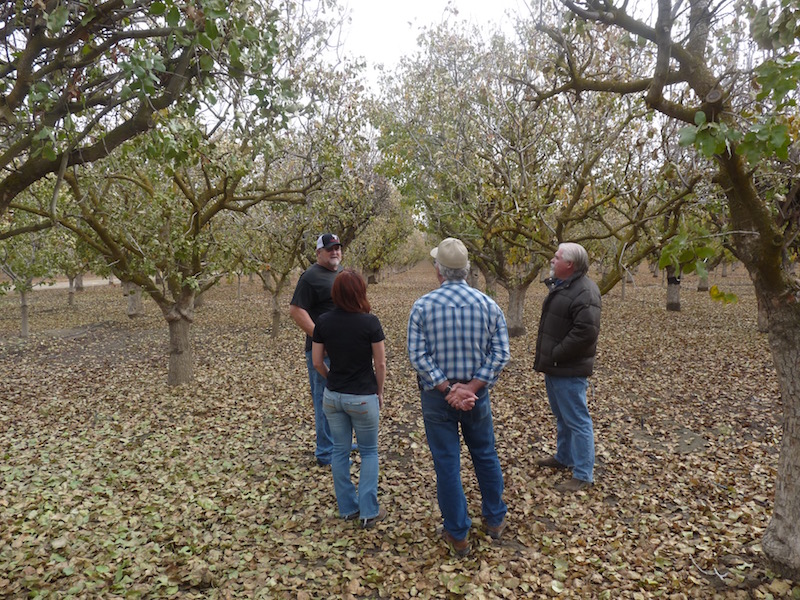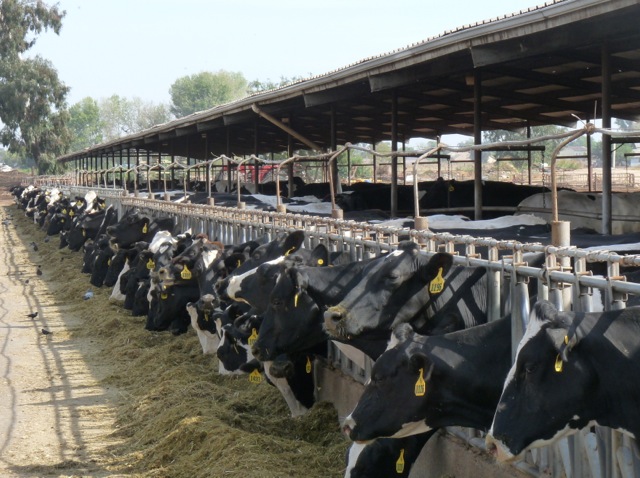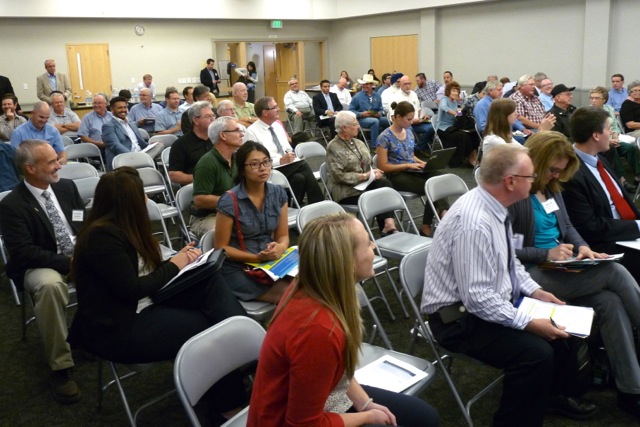Temperance Flat Dam Fallout Continues
Even Growers Not Benefitting are Unhappy
By Patrick Cavanaugh, Editor
Even growers who were not going to benefit from the proposed Temperance Flat Dam are upset by the denial of funding for the project by the California Water Commission.
Doug Verboon is a walnut grower as well as County Supervisor in Kings County. He said Kings County was not going to get anything from Temperance Flat, but still he was all for it.
“We’re actually in the middle. We weren’t going to get any water from the project, but we want our neighbors to be happy as well, so it hurts to see them hurt and we’re getting tired of the do as I say and not do as I do, attitude from … Sacramento,” Verboon said.
“We need someone to stick up for our rights. We feel that the opinions that the Water Commission pushed upon us were somebody else’s opinion. The Water Commission did not take time to listen to our projects plans, or listen to our comments. They already had their mind made up before the 2014 Water bond went to the voters,” Verboon said.
Ryan Jacobsen,the executive director of the Fresno County Farm Bureau representing farmers who would have definitely benefited from Temperance Flat Dam if it was approved by the California Water Commission, also had a lot to say on the topic.
“First and foremost, there is obvious frustration. I mean, I think that’s the expression of what everybody had here to say. We are all left bewildered as to why, how a decision like this with as much work that’s gone into it. We had science that backed it up and all of the sudden the commission came back and said that it wasn’t even close enough to be good and that they could not help us get there.”
Jacobsen noted that the commission could not explain why the project was not good. “They just said it was not good. It really smells of politics, and sounds as though things were done inappropriately and at this point, it’s just a frustration and it’s time to reorganize and figure out how the fight continues to build that very important project to this Valley,” he said.





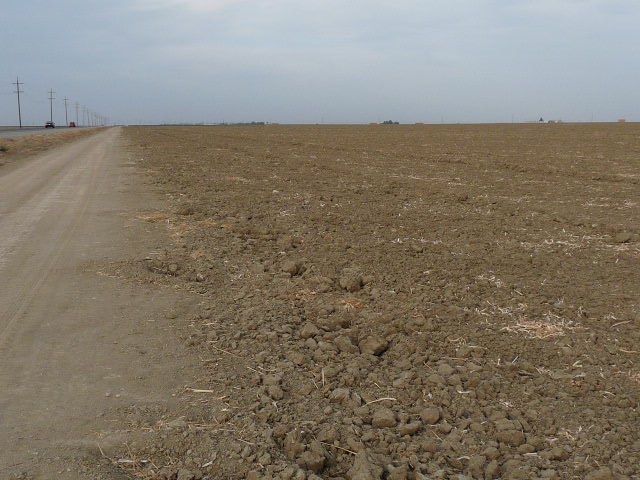






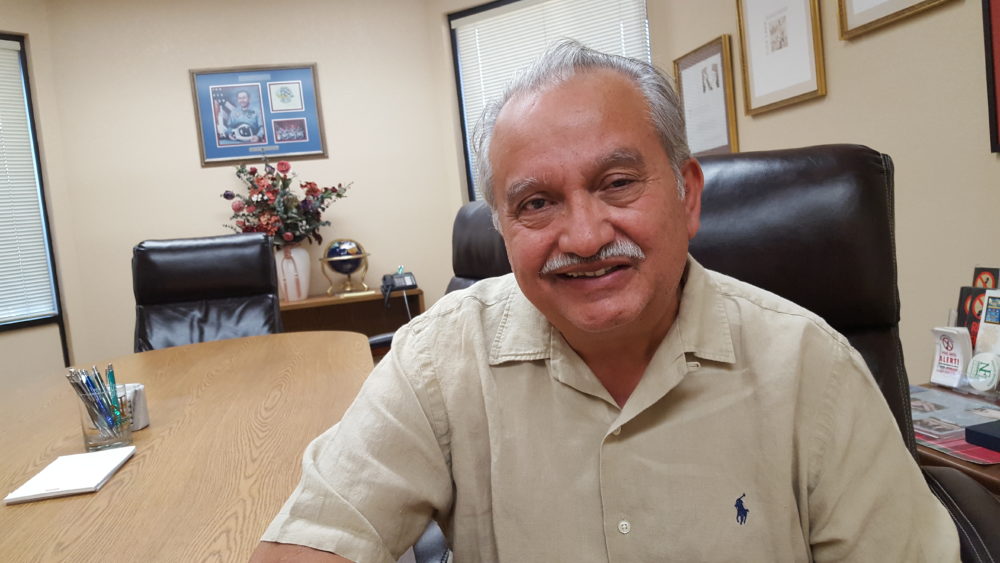
 “This is a major event, a significant milestone in terms of the process to get Temperance Flat Dam built.” Santoyo said. “In essence, it is a partnership between the new joint powers of authority and the U.S. Bureau of Reclamation, and, more specifically, their study team who worked on the technical studies and the feasibility reports for Temperance Flat.”
“This is a major event, a significant milestone in terms of the process to get Temperance Flat Dam built.” Santoyo said. “In essence, it is a partnership between the new joint powers of authority and the U.S. Bureau of Reclamation, and, more specifically, their study team who worked on the technical studies and the feasibility reports for Temperance Flat.”